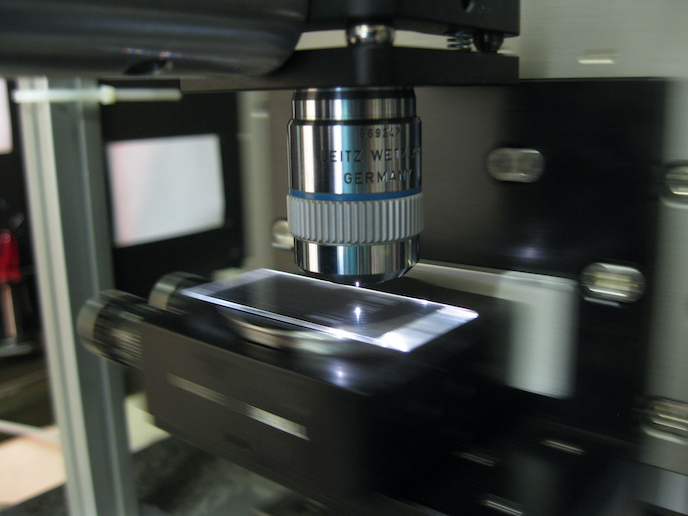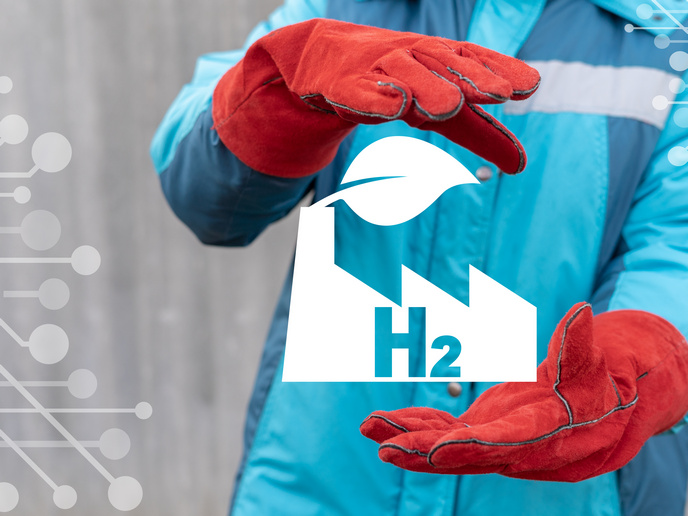Protection and conservation of artwork with graphene
Environmental factors such as ultraviolet and visible light, and various oxidising agents cause almost all artworks to be vulnerable to fading, yellowing, and discolouration over time. New materials used in art production in the 20th century affect the stability and longevity of artworks compared to more traditional materials. All these factors can cause irreversible changes in the appearance of artwork, threatening art heritage. The EU-funded GRAPHENART project has provided various solutions. Researchers developed 10 cm x 10 cm graphene membranes that can be used as transparent protective coatings against degradation. They also produced graphene-based inks that provide a shield against the ultraviolet and visible light, and protection against oxidation and moisture for both old and contemporary artwork and paintings.
An all-purpose wonder material
Graphene’s versatility has spurred armies of researchers to explore new possibilities for this two-dimensional lattice of pure carbon. “Graphene is an ideal candidate for the protection of artworks in museums and galleries thanks to its impressive list of physical properties. These include high strength, great flexibility, impermeability to corrosive gases, hydrophobicity and light absorbance,” explains project coordinator Costas Galiotis. In addition, the two-dimensional material adheres to any clean surface through weak van der Waals bonding. Due to its very thin atomic thickness, it can also be easily removed in contrast to current commercial polymeric coatings. “Another interesting feature of graphene is its capability to absorb ultraviolet light. Single-layer graphene displays a broad absorption peak at 270 nm, while its overall absorbance increases almost proportionally with increasing number of layers,” explains Galiotis. In particular, the absorbance value of single-layer graphene is 8 %, while the value increases to 25 % in trilayer graphene. In the visible spectrum, monolayer graphene absorbs about 2 % of incidental light, transmitting the remaining 98 %.
Project prototypes
Researchers used the chemical vapour deposition (CVD) method to produce high-quality graphene on a large scale and a roll-to-roll system for automatically depositing the resulting graphene membranes on artworks. Transparent membranes were deposited on several paintings – after exposure to accelerating aging, they offered good protection against fading and discolouration. Incorporating graphene powders in inks and paints provided further resistance to degradation. This is an important outcome considering that the conservation of contemporary and modern inks and dyes remains poorly explored despite the fact that they are widely used in drawings, paintings and other artworks. The graphene membranes produced by CVD can be directly placed on artworks, especially when their transparency is required. “The transparent shroud of graphene can easily be removed, therefore it does not constitute an irreversible intervention on the artwork,” notes Galiotis. The produced graphene ‘flakes’ dispersed to colour paints and varnishes will pave the way for wider use of new protective materials in the large market of architectural paints.
Keywords
GRAPHENART, graphene, artwork, graphene membranes, ink, fading, discolouration, chemical vapour deposition (CVD)







